Campione Marina
 Senior research scientist
Senior research scientist
c/o Complesso Biologico Interdipartimentale
A. Vallisneri
Viale Giuseppe Colombo 3
35121 Padova
Tel 049-8276031
Fax 049-8276040
This email address is being protected from spambots. You need JavaScript enabled to view it.
Genetic of cardiac pathology
Research summary
Our laboratory studies the molecular and cellular mechanism regulating cardiac development and function and genetic susceptibility to heart disease, through the analysis of transgenic and knock out mouse models.
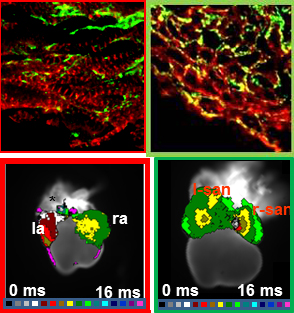
We use several approaches such as morphological (histology, scanning electron microscopy), molecular (in situ hybridization, real time PCR ) and cellular (confocal microscopy) analysis.
We have also assessed some aspects of embryonic cardiac function by optical mapping. At present, we are exploiting optogenetic tools to investigate cardiac electrical properties in mouse models of genetic disease.
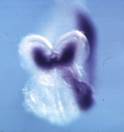
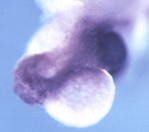
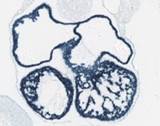
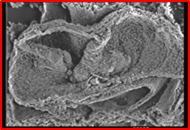
Representative publications
Zaglia T, Pianca N, Borile G, Da Broi F, Richter C, Campione M, Lehnart SE, Luther S, Corrado D, Miquerol L, Mongillo M. (2015). Optogenetic determination of the myocardial requirements for extrasystoles by cell type-specific targeting of ChannelRhodopsin-2. Proc Natl Acad Sci USA.;112(32):E4495-504.
Franco D, Christoffels VM, Campione M. (2014). Homeobox transcription factor Pitx2: The rise of an asymmetry gene in cardiogenesis and arrhythmogenesis. Trends Cardiovasc Med. 24, 23-31
Ammirabile G, Tessari A, Pignataro V, Szumska D, Sardo FS, Benes J Jr, Balistreri M, Bhattacharya S, Sedmera D, Campione M.(2012). Pitx2 confers left morphological, molecular, and functional identity to the sinus venosus myocardium. Cardiovasc Res. 93,291-230.
Tessari A, Pietrobon M, Notte A, Cifelli G, Gage PJ , Schneider MD, Lembo G, Campione M.(2008). Myocardial Pitx2 differentially regulates the left atrial identity and ventricular asymmetric remodelling programs. Circ. Res 102,813-822.
Cinguetti R, Badi I, Campione M, Bortolotto E, Chiesa G, Parolini C, Camesasca C, Russo A, Taramelli R, Acquati F (2008). Transcriptional deregulation and a missense mutation define ANKRD1 as a candidate gene for Total Anomalous Pulmonary Venous Return. Human Mutation 29, 468-74.











